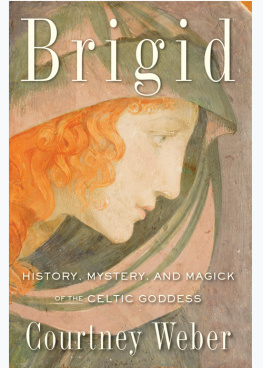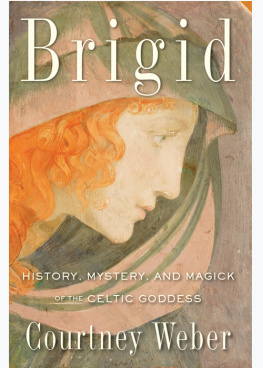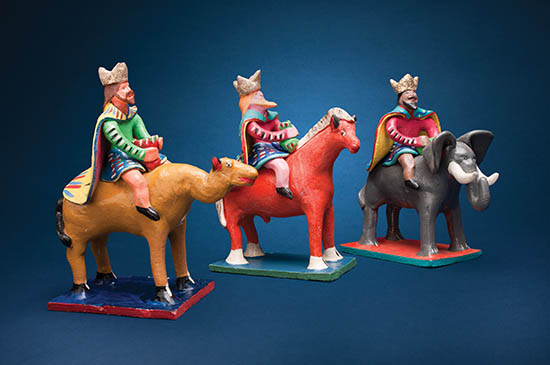Nativities of the World
Susan Topp Weber
Photographs by Blair Clark and Randy Mace

Nativities of the World
Digital Edition 1.0
Text 2013 Susan Topp Weber
Photographs 2013 as noted throughout
All rights reserved. No part of this book may be reproduced by any means whatsoever without written permission from the publisher, except brief portions quoted for purpose of review.
Gibbs Smith
P.O. Box 667
Layton, Utah 84041
Orders: 1.800.835.4993
www.gibbs-smith.com
ISBN: 978-1-4236-3247-4
Cover: Raku pottery nativity made in South Africa (1995). Collection of Ginger Grossette, Albuquerque, New Mexico. Photograph by Blair Clark.
This book is dedicated to Ruth Weber, who gave me some of my favorite nativities nearly 50 years ago, and to Judith Davis, who prepared A Guide to Permanent Nativity Displays in the United States and Around the World for Friends of the Creche, of which she is a founding member.
Acknowledgments
This book would not have been possible without the generous assistance of many people. I would like to thank Max and Joyce Douglas, Judith Davis, Dagmar Kubatov Vrkljan, Mary Ann Adams, Suzy ONeill, Jerilyn Christiansen, Jane Braithwaite, Kathy Chilton, Noel Chilton, Lores Klingbeil, Alice Mann, Tom and Ellen Kocialski, Blair Clark, Randy Mace, Ben Allison, Ramn Jos Lpez and Nancy Lpez, Paul Baumann and Roger Miller of Poco A Poco Imports, Nellie Pace of Peruvian Imports, Michael Peters of Cruz Imports, Patricia La Farge of Que Tenga Buena Mano, Tony Jones of Traveling Trunk, Maribel Siman-Delucca of Arara Imports, Anne Ritchings, Susan Summers, Peggy Ater, Carol Ann Mullaney, Armando Lopez and Scott Markman, Wendy Wiele, Dona and Paul Cook, Melissa Weber, Mike Weber, Frances Mann, Louise Alvarez, Ann Reynolds Smith, John Stafford, Becky Maidment, Ginger Grossette, and Fernando Pardo de Santayana. Im grateful to all the interested customers and friends who viewed my huge album of photographs that were considered for the book; and to the wonderful employees at my shop, whose help made it possible for me to write this book: Karen Sears, Susan McArthur, Karen Fuhrhop, Leah Kostoplos, and especially Terre Reed.
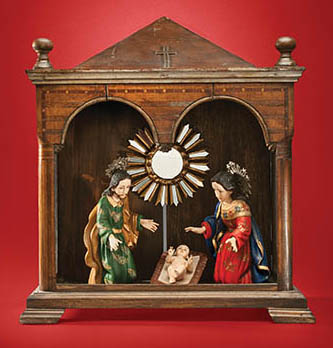
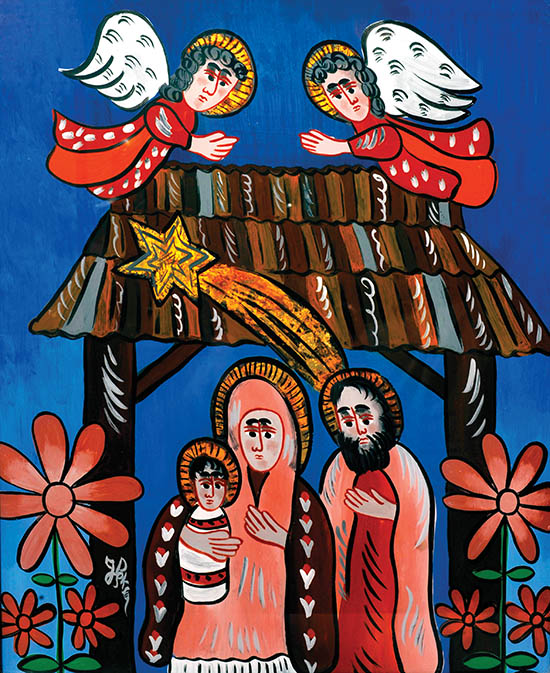
Preface
Nativities have long been an important part of my life. I have a prized collection of them myself, which began with a gift in 1965. I have sold nativities at Susans Christmas Shop since 1978. Membership in Friends of the Creche, a national organization for those interested in nativities, led to my sponsoring their biennial convention in Santa Fe in 2005 and to friendships with other collectors. Many of these collectors have generously allowed their nativities to be photographed for this book. I have had opportunities to see nativities in museums in Europe and the Americas, and have seen thousands of nativities in the process of writing this book. I have chosen ones that pleased me and have not, for the most part, yet appeared in any book. I hope my choices please you as well, and that you will enjoy the book you are holding in your hands.
Mounted Wise Men From Painted Mexican Clay Nativity (1990s)
| Photograph by Blair Clark (see ) |
Introduction
Nativities are simultaneously simple and amazing. They are simple because they all tell a similar story, the depiction of the birth of Jesus under humble circumstances. They are amazing because they are made in such a tremendous variety of styles and materials and levels of sophistication in a great many countries of the world. Because of this variety they are fascinating to look at, and for some enthusiasts the urge to collect them, or to improve them every year, is almost irresistible.
How did this all begin? It began in Europe as Christianity took root, grew, and flowered. There are said to be a few early drawings suggesting nativity scenes on the walls of Roman catacombs. As the centuries passed, magnificent Romanesque stone churches and cathedrals were built across Europe. The carved stone elements of their facades sometimes depicted nativity themes. Precious medieval books of hours were privately owned by the privileged few for their personal devotions, and these books often contained exquisite hand-painted nativity illustrations. During the Renaissance, painters frequently used religious themes, especially nativities, for their paintings.
Credit for the first three-dimensional nativity is given to Saint Francis of Assisi on Christmas Eve in 1223 in Greccio, a small Italian village. His tableau featured live animals, and had quite a lasting impact. To this day Italians love nativities, and an entire street in Naples, Italy, is devoted to selling them.
Medieval plays were written and performed, depicting various scenes from the nativity story. Medieval Spanish nativity plays were useful for priests in Spains remote colonies to teach illiterate natives the Spanish hoped to convert to Christianity, as well as illiterate colonists. Since these plays were performed annually, the stories were reinforced and became memorized. Some of these plays are still performed today; in New Mexico they are called Las Posadas, Los Pastores, and Los Tres Reyes Magos.
During the eighteenth century in Naples, nativity sets became quite elaborate. Their figures had limbs with wires at the joints so that they could be posed, and they were often dressed in gorgeous costumes made of rich fabrics. Additional scenes were created depicting many various activities of daily life. These scenes often included fantastic miniature accessories, which created a demand for even more accessories. Neapolitan churches and wealthy families began to compete with each other for the most impressive nativity scenes at Christmas. This fashion spread to Spain. The most magnificent period of nativities in Spain was in the eighteenth century, when Carlos III, after he was made king of the two Sicilies, began the practice of setting up annual nativity displays in his royal palace in Madrid. Soon the wealthy families of Spain adopted the custom of large, elaborate nativity scenes set up for the weeks of the Christmas season.
The areas around Munich, Oberammergau, and Tyrol developed a lovely style of biblically correct nativity scenes in the early nineteenth century. They aspired to be historically accurate in the appearance of the various scenes of the nativity story, and the results are delightful to see 200 years later. Currently this style is called oriental when it is used in Tyrol, to distinguish it from an alpine style, which is also very popular.
Many of these amazing eighteenth and nineteenth century nativities are now in museums, where they attract and inspire the public. Most American collectors are familiar with the Angel Tree at the Metropolitan Museum of Art in New York City. Other historical nativities are in museums in Europe, such as the Bavarian National Museum in Munich. These historical sets are not the focus of this book, because they are already familiar to many nativity collectors, but they certainly laid the foundation for the nativities that are made and enjoyed today. An appendix to this book lists museums where the major permanent collections of historic nativities may be seen.


